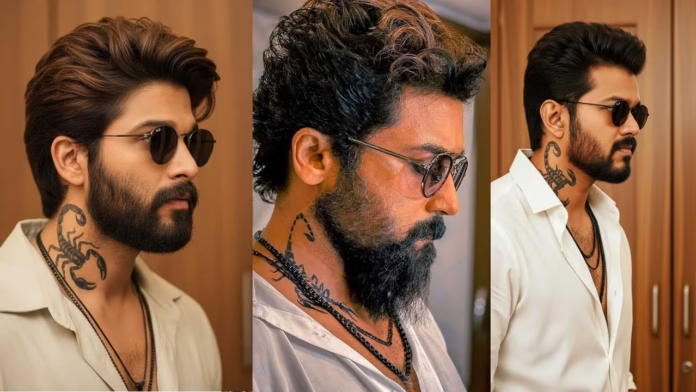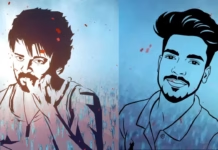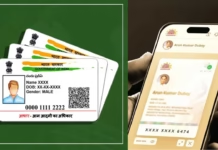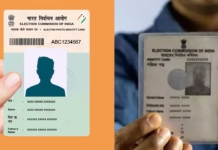A tattoo often begins as a feeling, not a design. With technology reshaping creativity, the Tattoo Design app allows people to transform raw emotions into skin-ready art. It is no longer about flipping through design catalogs; instead, users visualize personalized tattoos on their bodies before ever stepping into a studio.
The Digital Transformation of Tattoos
Body art has always carried cultural weight, but technology is reshaping the industry. Tattoo apps act as digital sketchbooks, enabling instant experimentation. They blend tradition with innovation, where users can merge ancient symbolism with modern minimalism. This convergence not only empowers tattoo enthusiasts but also broadens the scope for professional artists worldwide.
How Tattoo Design Apps Work
The technology is deceptively simple but remarkably powerful. A user selects a design or types an idea, and the app uses AI-driven visualization to place it virtually on the skin. Augmented reality ensures precise alignment, letting people preview the tattoo’s look and placement, reducing hesitation while boosting design confidence.
Personalized Art Without Limits
Customization has become the soul of tattoo apps. Instead of choosing generic templates, users craft unique designs shaped by personal stories. Whether it’s initials, abstract patterns, or cultural motifs, the app provides tools for endless refinement. This personalization transforms tattoos into living narratives, far more meaningful than pre-drawn catalog sketches.
Bridging Artists and Clients
Tattoo Design apps are not just for enthusiasts. They also connect professional tattooists with clients. Artists showcase portfolios digitally, while clients experiment with designs before booking. This reduces miscommunication and increases trust. The collaboration shifts from risky guesswork to a guided journey, ensuring better experiences for both sides of the needle.
Experimentation Without Regret
Tattoo permanence often scares first-timers. The app solves this by letting people test ideas digitally. Users can apply virtual tattoos to arms, legs, or backs, ensuring satisfaction before commitment. This reduces the fear of regret, creating a safe environment for exploring bold, experimental designs without worrying about lifelong consequences.
Expanding Tattoo Education
Another overlooked aspect is education. The app serves as a learning tool for aspiring artists who wish to practice sketching digitally before working on real skin. Tutorials, style guides, and interactive simulations improve skills, making digital platforms valuable training grounds. They prepare future tattooists for professional careers with minimal resources.
Augmented Reality for Realistic Previews
The inclusion of augmented reality revolutionizes tattoo previews. Users point their phone camera at their body and instantly see how the design would appear in real life. This immersive experience takes guesswork out of the equation, enabling confident decisions. By blending reality with digital design, AR builds trust in creative experimentation.
From Digital Sketch to Inked Reality
The journey doesn’t end with digital previews. Many apps integrate booking systems, letting users schedule appointments with artists who specialize in their chosen style. The digital sketch becomes a blueprint for the real tattoo, ensuring accuracy and satisfaction. This streamlined process makes the transition from imagination to ink seamless.
Intellectual Property and Originality
Tattoo design apps also tackle ownership issues. With in-app copyright features, artists can protect their original work against duplication. Clients get authentic, one-of-a-kind tattoos without risking stolen art. Protecting intellectual property encourages creativity, ensuring both sides benefit—artists maintain their reputation while clients enjoy unique designs free from unauthorized replication.
Emotional Connections Through Tattoos
What sets tattoos apart from other art forms is their emotional weight. The app strengthens this by letting users design tattoos that reflect milestones, memories, or cultural pride. A simple scar cover-up or a tribute to a loved one transforms into something meaningful. Digital tools make this emotional storytelling easier and more precise.
Sample Prompt in PDF
Future of Tattoo Design with AI and VR
Artificial intelligence will continue pushing boundaries, suggesting styles tailored to user personalities or cultural backgrounds. Virtual reality could enable full-body tattoo simulations, letting users “try on” tattoos in 360 degrees before making choices. The fusion of AI, VR, and tattoo culture promises endless innovation in the years ahead.





